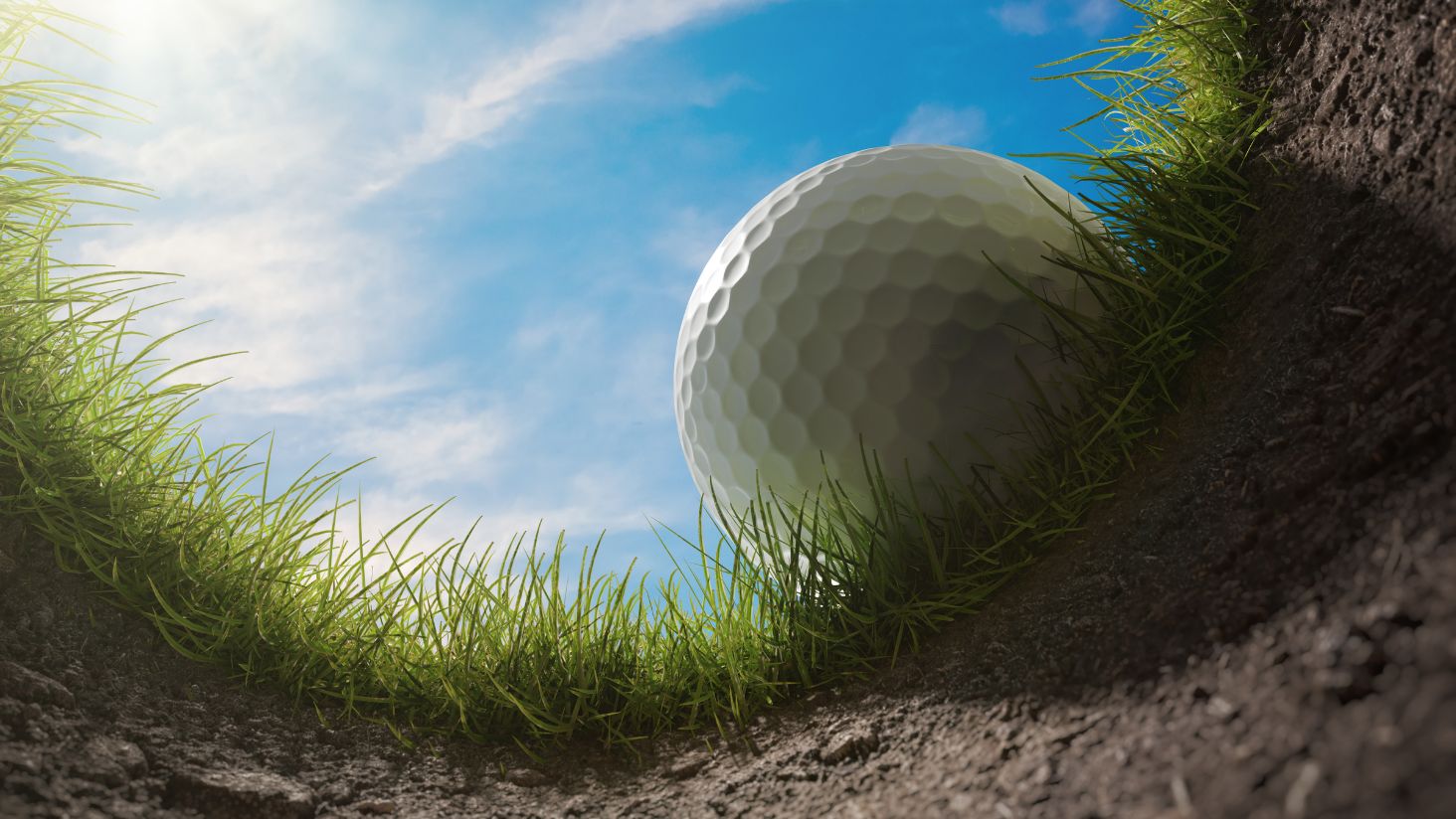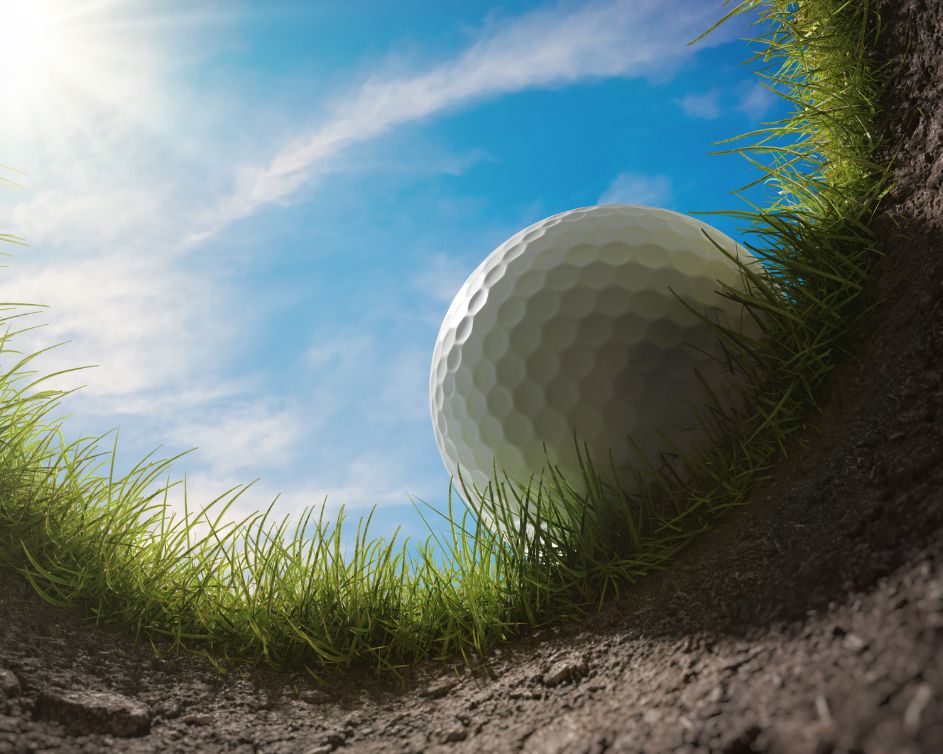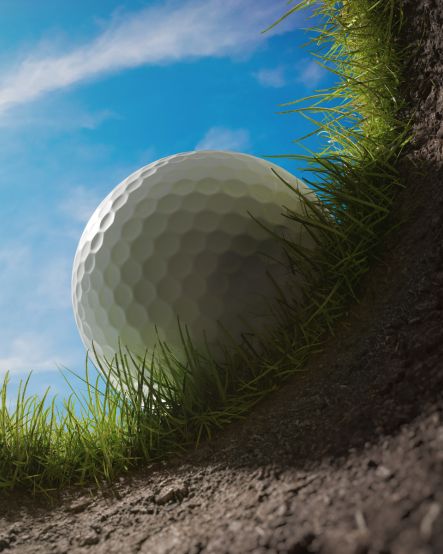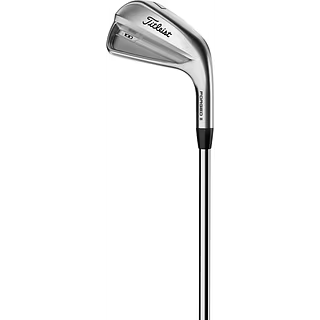


The big golf balls guide: Which ball suits which type of player?
More length, more feel, more control? Your golf balls are crucial! Our guide explains 1- to 5-piece balls, spin & compression. Find your perfect ball!
The golf ball is the only piece of equipment you bring into play with every shot - and yet its importance is often underestimated. Many golfers choose their ball at random or based on price. Yet the right choice of ball can make a real difference to your feel, distance and control on the course. There is no one "best" golf ball, just the right one for your game.
Golf balls guide - Which model is right for me?
1. Understanding golf ball construction: From 1-piece to 5-piece balls
The number of layers ("pieces") provides information about the structure and properties of a golf ball:
- 1-piece balls: These are made from a single piece of solid synthetic material, usually an ionomer such as Surlyn. They are extremely robust and inexpensive, but offer hardly any feel or spin. You will find them almost exclusively on the driving range.
- 2-piece balls: These are the most popular balls for beginners and players with a slow swing speed. They consist of a large core and a hard cover, usually made of Ionomer or Surlyn. Their focus is clearly on distance and robustness, as they generate less spin due to their hard core and cover, which makes the ball fly straighter and minimizes losses.
- 3-piece balls: These balls are the all-rounders and offer a good balance of feel, spin and distance. They consist of a core, an additional inner layer and a cover, which is often made of softer urethane. As a result, they offer more control and feel than 2-piece balls and are ideal for amateur golfers with a medium swing speed.
- 4- and 5-piece balls: These premium balls are aimed at advanced players with high swing speeds who require maximum control, spin and feel. Their multiple layers allow for precise tuning of performance - for example, low spin off the Tee for maximum distance and high spin in the Irons for more control and "bite" on the green. The cover is almost always made of soft urethane.
2. Spin differences and their effects
The spin that a ball generates has a huge impact on its flight and behavior:
- Low-spin balls: These balls minimize spin, especially with the Driver. The result is more length and a straighter ball flight, as less sidespin makes a Slice or Hook less powerful. However, they often offer less control on approach shots around the green.
- High-spin balls: These balls allow for more spin and therefore more control on chips and pitches. The ball stops faster on the green or can be pulled back in a targeted manner. The disadvantage: On long shots, they can also increase an unwanted Slice or Hook due to the higher spin.
Here you will find an overview of the current golf ball models from the major manufacturers.
3. Compression: Feel and Performance
The compression of a golf ball describes how soft or hard the ball feels when hit and how much it deforms.
- Soft balls (low compression): They feel more comfortable to hit and can potentially generate more distance on slower swings as they compress more and transfer energy better.
- Hard balls (high compression): These are often preferred by players with very high swing speeds as they offer maximum energy transfer without the ball becoming 'squishy'. They are also more robust.
4. Cover material: Urethane vs. ionomer/Surlyn
The material of the ball cover is crucial for feel and performance:
- Urethane: This soft material provides the best feel and highest spin around the green. It allows the ball to "bite" on the green and is easier to control. However, urethane is less durable and urethane covered balls are more expensive.
- Ionomer/Surlyn: These materials are harder and more robust. They offer less spin and feel, but are more durable and cheaper to produce. They are often found in 2-piece balls.

5. Surface design (dimples)
The small indentations on the surface of a golf ball, the dimples, are not just decoration. Their number, shape and arrangement are crucial for aerodynamics and a stable ball flight. They ensure that the ball flies optimally and does not spin uncontrollably. There are only a few differences in the design of the dimples between the manufacturers. Mizuno also produces its golf balls with so-called "micro-dimples", which means that there are significantly more dimples in the golf ball than usual. The manufacturer hopes that this will result in greater stability in flight.
6. Choosing the right golf balls for different types of play
The golden rule is: your ball should suit your swing speed and playing style.
- Beginners/casual golfers: Start with robust 2-piece balls with low compression. They are forgiving, offer good distance and are inexpensive - ideal if you still lose a lot of balls.
- Players with a medium swing speed: A balance of length and control is required here. Often 2-piece balls with a softer cover or 3-piece balls are a good choice, offering good feel without generating too much spin.
- Players with fast swing speeds: If you are looking for maximum control, feel and spin, 3-, 4- or 5-piece balls with a urethane cover and higher compression are the best choice. They allow you to precisely influence the ball flight and behavior on the green.
The best tip is always to try out different balls on the course yourself. This is the only way to find out which ball feels best for you and delivers the desired performance.
7. Lakeballs: a cheap alternative?
Lakeballs are golf balls that are salvaged from water hazards and resold.
- Advantages: They are significantly cheaper than new balls.
- Disadvantages: Their performance is often limited. Lying in water for a long time can damage the ball core and impair the playing characteristics (especially spin and feel). You also have no guarantee of consistent quality or uniform models in a pack.
- Recommendation: Lakeballs are an acceptable option for practice rounds or for absolute beginners who still lose a lot of balls. For serious play, you should opt for new balls to achieve consistent results.



Release date
06 Aug 2025
photos
Finding the right golf balls for your game is not easy. This golf balls guide will help you make the right choice. (Photo: Adobe Stock)

